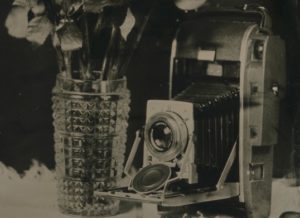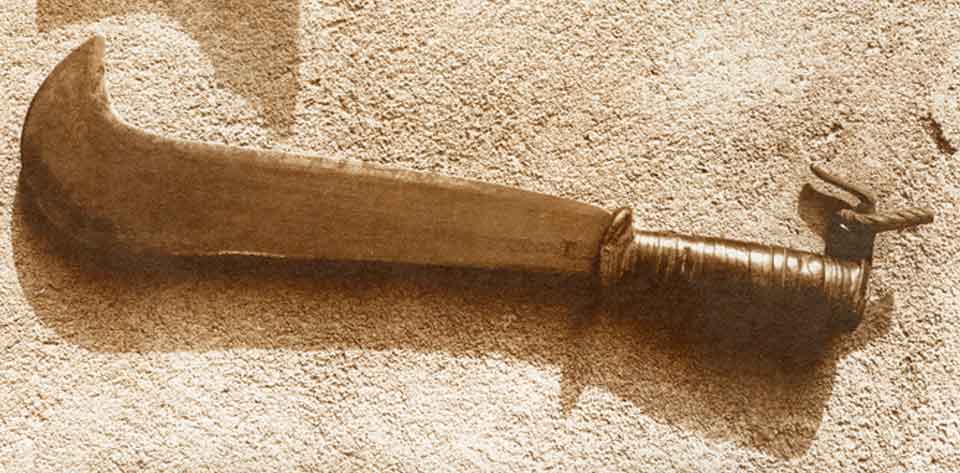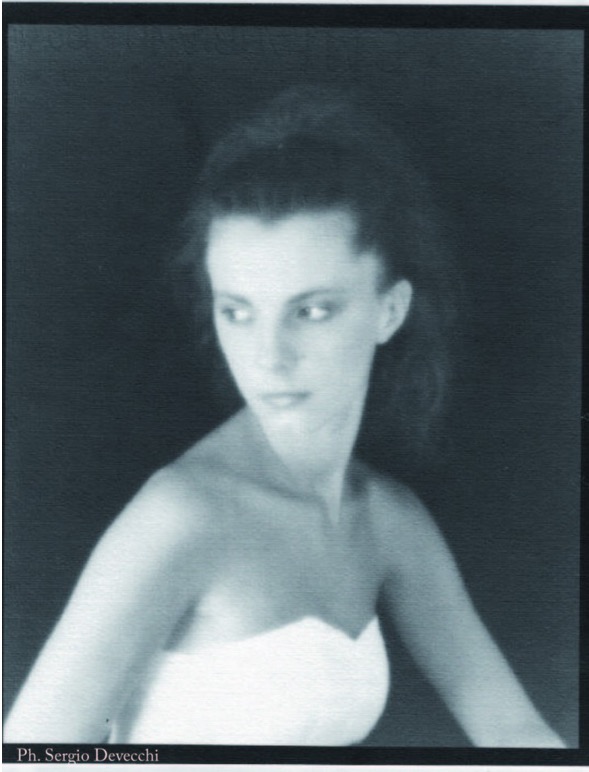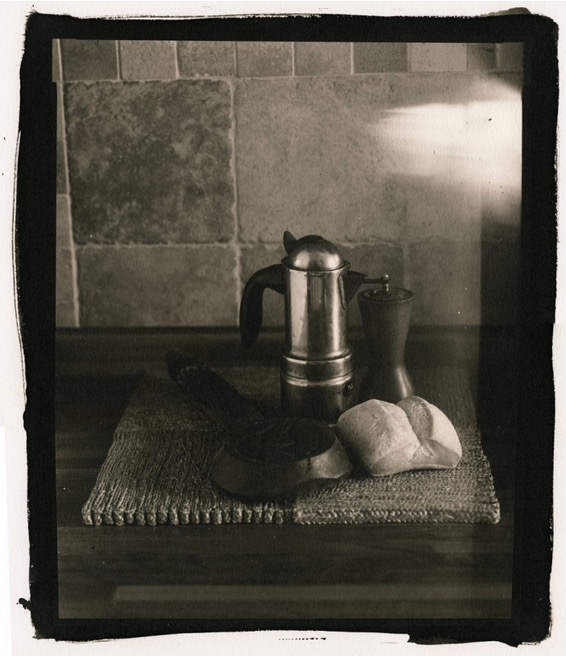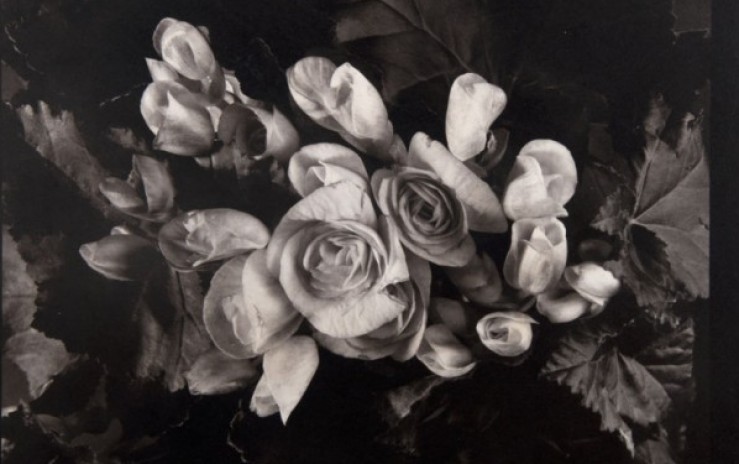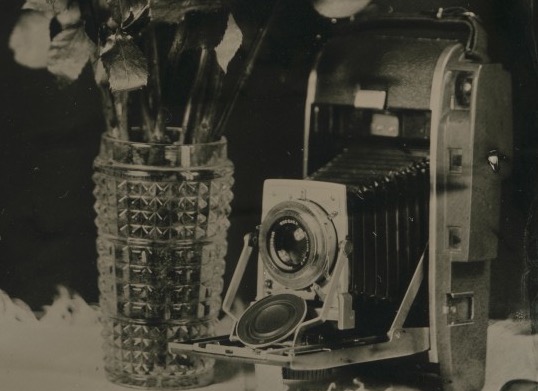
Chemicals and recipes
Collodion
A distinction should be made within the basic collodion (as it is sold by pharmaceutical industries), commonly referred as “plain collodion”, and the salted form, ready to be sensitized, named “photographic collodion”.
Plain Collodion is dry cellulose nitrate (aka: Cellulose nitrate; Flash paper; Flash cotton; Flash string; Gun cotton; Pyroxylin) dissolved in ether and alcohol. Everyone all over the world advise to avoid to make collodion from guncotton because is very dangerous (it was used to make explosives). However, purchase the USP (united states Pharmacopeia) collodion (as it is named in the USA – or “pure chemical grade” in Italy), which comes in 4-5% cellulose nitrate, 24% alcohol and 71 % ether. Other blending can work, but you must know the exact percentage of components, to add the right solvent to make photographic collodion.
To obtain collodion for wet plate, you must further dilute until 1.5-2.5% is reached. This can be made with ether and alcohol or alcohol only. Here we provide two formulas; choose one and start from it. Become confident and after try your own experiments.
When we speak of alcohol you can use either ethyl alcohol (in English referred to “grain” alcohol, and used to make liquors) or the cheapest methyl (denatured) alcohol. The problem is that denatured alcohol is used for cleaning surfaces and is seldom supplied with other chemicals, whose composition is missed over the bottles. Ether is well represented in plain collodion, so some recipes dilutes only with alcohol, others also with ether.
Ether hardens collodion, makes it shrink and reduces adherence to the glass, so the film is easily peeled away. More alcohol reduces the relative percentage of ether and increases its stickiness. Alcohol make however the film more fragile, making it tearing during handling, and more porous, like a sponge, so increasing the entering of silver nitrate to react with salt making more silver halides, this is good for negatives; this can block the highlight in thinner negatives, like those used in positive imagery, and can be detrimental for building a full tonal range. A certain fogging (that is precipitation of unexposed silver halide) occurs normally in the superficial layer, because of the excess of silver nitrate: it is called veiling. The spongy nature of alcohol-rich-collodion makes more difficult to remove the veiling with fixing and washing stages, and this is bad for ambrotypes.
The time needed to dry extends with alcohol, so it can make easier the coating in hot and dry environment, especially for larger plates.
Too much alcohol contaminate the silver bath.
So the right relationship between ether and alcohol is far from be a dogma, but can be changed according to the climatic conditions, workflow, intent and purpose. As a general rule, however, alcohol is less than ether, either for positives and negatives. Proportions also change naturally in collodion bottle over time, because ether goes away. Store in bottles with plastic caps, avoid to leave large bottles almost empty.
Halides
Wet plate collodion can be viewed as a silver iodide process. It started with pure iodide in the hands of Frederic Scott Archer. Over time, the combination of iodide and bromide has become the golden standard. The photographic community learned that iodide gives speed and density while bromide expands the tonal scale and the colour sensitivity. But the absolute amount of halides, their relative proportions and the kind of salts (ammonium, potassium or cadmium halides) cannot be fixed in stone. This is partly due to the taste of the single author, but there are objective reasons to prefer one or the other formula.
The total amount of halide must not be raised over 2%, because greater amounts impact with silver nitrate in the surface, building a thin layer of sensitized silver, without affecting the inner layers.
Percentage of iodide and bromide influence speed and change the colour of the developed image, but developing and fixing process can be equally relevant to the final outcome. In general iodide remains in excess than bromide.
The features mainly depending upon halides are stability (affecting the shelf life of salted collodion), wide tone range and quick usability of the compound once the compounds are blended together.
The stability decreases from cadmium based salts, to potassium to be the least for ammonium. A reduced shelf life in the ammonium option is rewarded by a thinner and less viscous collodion, which flows easier. Ripening and clearing after mixing, are faster.
Cadmium based take a longer time to ripen and clear, make collodion thicker and expand the life of the collodion. The formulas commonly used combine cadmium bromide and potassium iodide to get benefit from these features and to get a collodion, which works well for negatives as well as for positives.
How to make your working collodion
Basically, two different recipes can be used. The first is the Scully & Osterman recipe which add ether and use Cadmium Bromide, the other is the John Coffer’s formula, referred to the poe boy (poor boy) collodion, because it uses no ether and halides are provided as potassium based salts.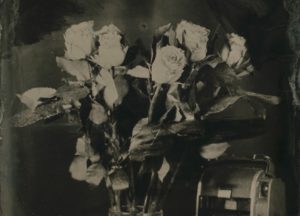
Which one? If you look to the results of both, it is hard to judge. The rationale for the relative percentage of ether and alcohol or for the halide salts has already been given. I think you must rely over the availability of compounds and over your confidence to chemistry, because ether and cadmium bromide are dangerous. Apart from consider cost-benefit issue, Bostick and Sullivan provides the “Old Workhorse” formula, already prepared in Part A and B, only to be mixed and let ripen, or the “Quick clear” variant, for instant use and warmers tones. Disactis and LaboldTech provide the components for both, and a kit for the poe boy option, which you must make with a little more effort, but less harm.
Scully & Osterman
The formula, sometimes referred to the “old workhorse” recipe, can be accomplished in two different options.
In both you prepare two intermediate solutions, which will be mixed together to make the final working solution. After mixing, starts the ripening stage, and the count down for the shelf life. Things to know, common to both the procedures:
1) ether is flammable. When stored, be sure that the cap is tight, because it makes very flammable fumes that can explode with minimum sparks. The same when used: avoid smoking, prefer outdoor or stay in well ventilated areas.
2) when adding ether to collodion, some cotton-like whirls can compare: it’s OK, don’t worry. They fade in a brief time.
3) Cadmium Bromide is hard to dissolve: work it in a double saucepan with hot water (bain-marie) or over a lab hot plate, and use a stirring rod to crunch the bromide and keep stirring, until completely dissolved.
4) In this formula you will find potassium iodide, which allows a longer life to your collodion, as compared to ammonium iodide. Potassium iodide however makes cloudy solutions which need some time to become clear, while ammonium iodide has a shorter ripening time.
Option 1
#1) Collodion solution
pour 220 ml plain collodion into a 500 ml beaker
slowly, add 140 ml ether
cap and shake
#2) Iodizing solution
pour 4 ml distilled water into a small beaker
add 3 grams of Cadmium Bromide until dissolved.
(After complete dissolution!) add 4 grams of potassium iodide, stir.
To make the working solution
Add 140 ml alcohol in a 200 ml beaker to the #2 iodizing solution and stir
Slowly, add the mixture to the #1 collodion solution
Cap and shake for the last time.
Option 2
#1) Solution A (collodion, ether and CdBr)
· pour 236 ml plain collodion into a 500 ml beaker
· slowly, add 155 ml ether
· in a small beaker, pour 4 ml distilled water and add 3 grams of Cadmium Bromide, until dissolved
· when fully dissolved, add the solution with CdBr to the collodion and ether
· cap and shake
#2) Solution B (alcohol and potassium iodide)
· pour 155 ml of alcohol in a 200 ml beaker
· add 4 grams of potassium iodide, stir until dissoved
To make your working solution
· mix part A and B in the ratio of 1:2,3/1:2,5, or follow this table for dummies:
Part A, Iodizing solution (ml) | Part B, collodion solution (ml) |
15 | 35 |
30 | 70 |
45 | 105 |
60 | 140 |
90 | 210 |
150 | 350 |
Poe Boy recipe
Poe stay for Poor: this formula lacks of ether (actually, ether is already contained in “plain” collodion) and uses Potassium Bromide in place of Cadmium bromide. Potassium salts don’t dissolve in alcohol or in collodion and require water. This is a key point: remember that too much water causes fractures in collodion after dried over glass, so it is necessary to keep the water at the lesser volume needed.
The formula
240 ml plain Collodion
300 ml 190-proof alcohol
6 ml of distilled water
3 grams of Potassium Bromide
5 grams of Potassium Iodide
Salted solution
· Pour into a small beaker 6 ml of distilled water and add potassium Iodide.
· Stir thoroughly keeping the solution hot in a double saucepan with hot water (bain-marie) or over a lab hot plate.
· When dissolved, add the Potassium Bromide, keep stirring, until dissolved.
· If needed, add some drops of water. The less, the better.
The salted solution lasts for much time. So you can prepare a larger amount of solution, to store for further usage.
Working solution
Mix 240 ml of plain collodion and 300 ml of alcohol
cap and shake
Warm your salted solution, at 50°C (iodine is in over-saturated solution, so it must be kept hot when added to alcohol)
Add it to the alcohol diluted collodion. It is normal to see a cloudy-milky solution. Don’t filter: it will clear during the ripening stage.
Ripening
The newly formed, milky solution, shouldn’t be used because the precipitate could create dots in the resulting image, especially visible in negatives. If you let the collodion aside some days, the precipitate will dissolve. When it is clear you can use for make images.
Fresh collodion is more sensitive but also more prone to fogging, thus a further aging is recommended. This is important in ambrotypes where shadows need to be clean.
To speed the process, substitute the ammonium iodide for the potassium iodide, as already wrote, or add 2-3 drops of tincture of iodine or some old collodion. Pushing the aging process shortens the shelf life of your collodion.
Fresh collodion is pale yellow, with ageing it becomes deep yellow and later it turns red. The colour depends upon the free iodine, released by the halide, and can be used as a visual indicator of the relative age of collodion. Red collodion is less sensitive but yield stronger images with greater contrast.
Keeping your collodion in a cool dark place extends the shelf life.
Don’t shake collodion; over time, many solid particles settle to the bottom of your bottle: by shaking it, they turn in suspension and create artefacts known as “comets”.
Wet plate Collodion. General description, wet plate collodion oldworkhorse, wet plate collodion for beginners oldworkhorse, collodion easy oldworkhorse
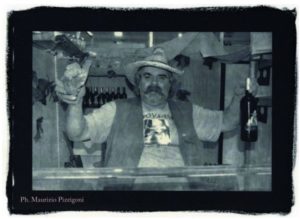
Ziatype beginners kit
Ziatype Ziatype Beginner kit (Kit09) Kit contents Sensitizing: Ammonium Ferric Oxalate sol.A 25ml Ammonium Ferric Oxalate contrast sol.B

Wet plate Collodion-formulating Poe Boy
Collodion process-Poe Boy formula (No ether/No cadmium) The procedure for the collodion “poe boy”, or “poor boy” as some say, is interesting for it does

Wet plate Collodion-Old Work-Horse process
Old Work-Horse for positive process 1°- Collodion solution (part A) pour 220 ml plain collodion into a 500 ml beaker slowly, add 140 ml ether



